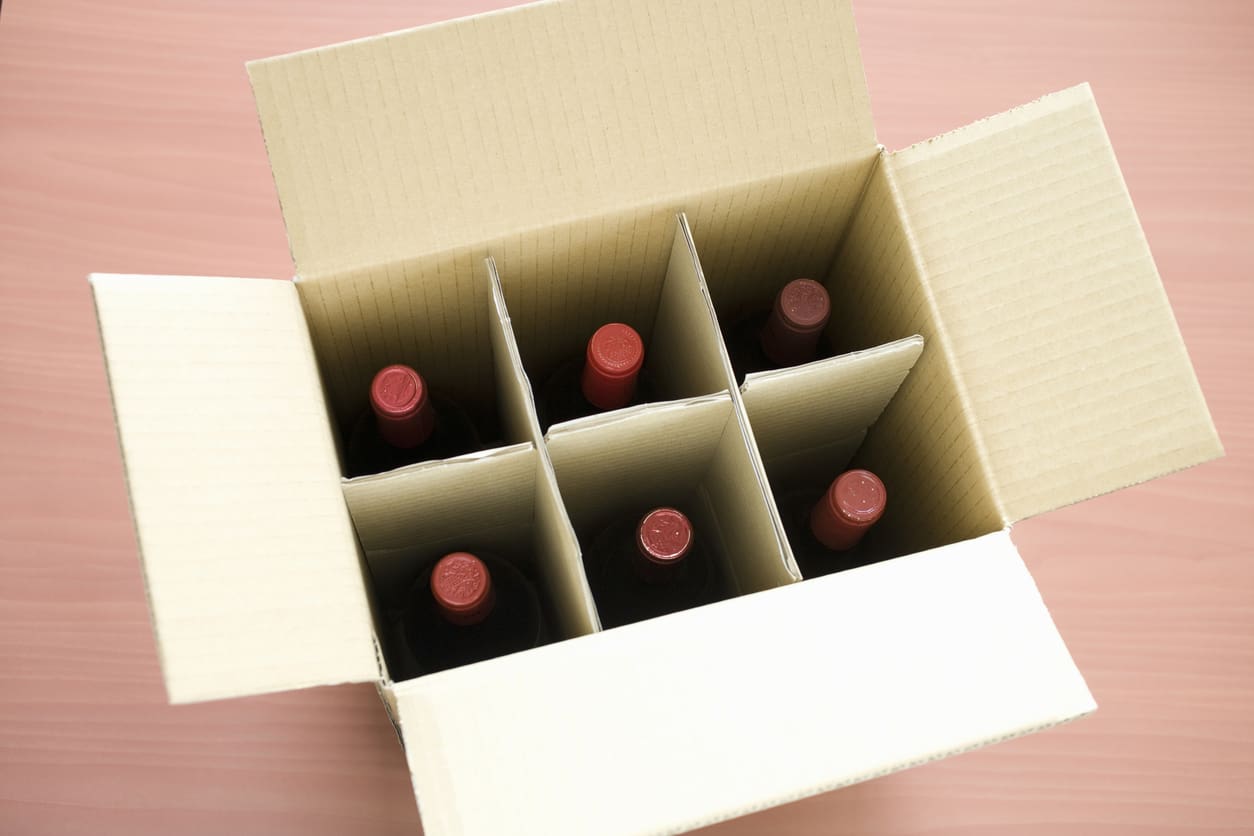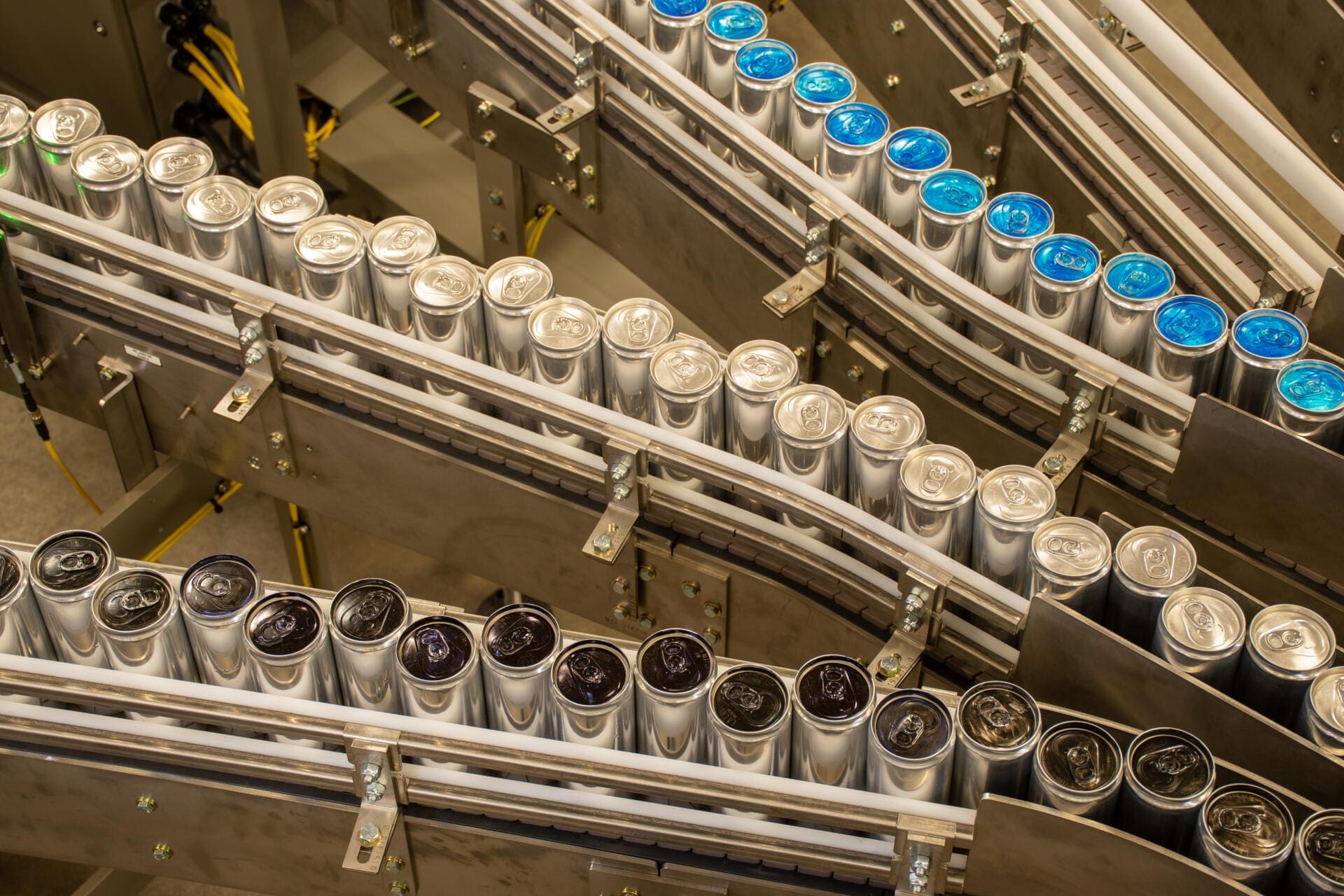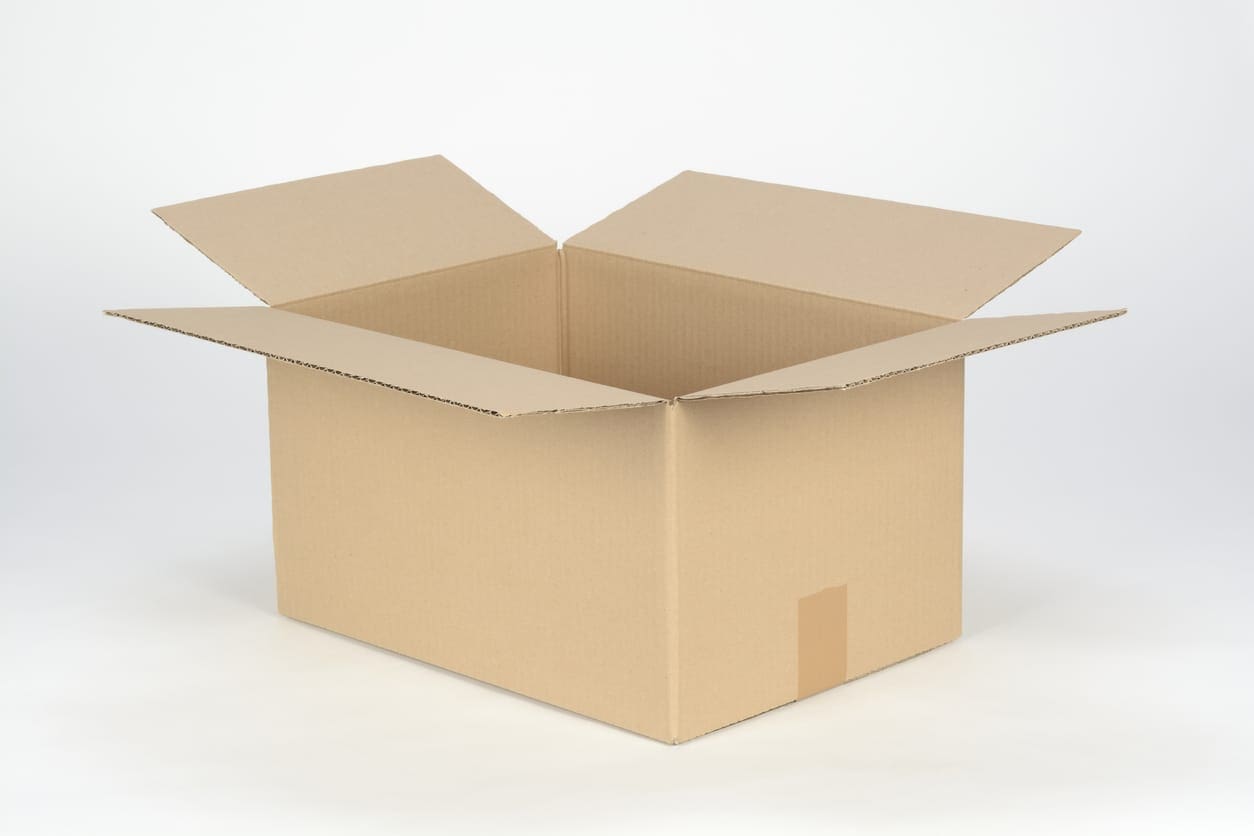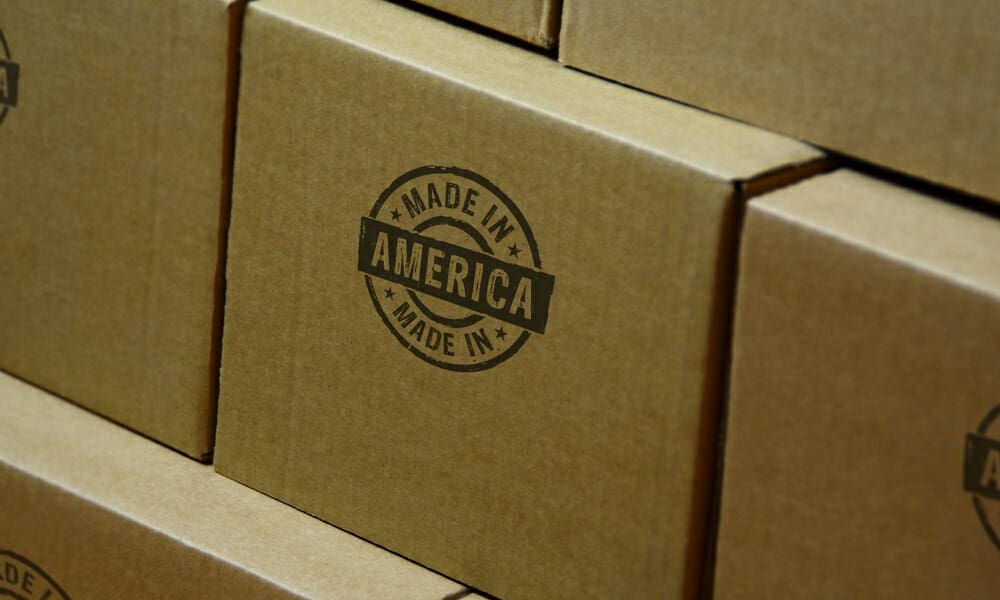“Secondary packaging of bottles” is a general term used in the beverage industry (as well as food and other consumer product industries) that has a different definition for multiple individuals. Secondary packaging for bottles involves a number of factors and variables, including the purpose of the packaging, bottle material, packaging material and tertiary packaging. Many of these same thoughts also apply to beverage cans as well.
Finding the Right Packaging Solution for Bottles
The first factor to consider is the purpose of the packaging. Knowing the purpose will determine what type of substrates can and should be used. For instance, if the primary purpose of the secondary packaging is to unitize several bottles, an economical solution (such as plastic rings) may be used. If the primary purpose is to market a multipack, a paperboard carton or sleeve would be the better choice due to the marketing space available and printing characteristics of paperboard. If shipping or e-commerce is the primary goal, a corrugated substrate is ideal due to the protective characteristics of corrugated boxes.
Bottle material is also a factor, as some bottles (glass, for example) require more protective packaging than polyethylene terephthalate (PET), high-density polyethylene (HDPE) or aluminum. Protective packaging may require partitions or a tight wraparound case to ensure the unitized load cannot jostle during shipment. While partitions add cost, they certainly ensure protection. Wraparound cases without partitions are gaining popularity for use on larger bottles; however, tray/shrink remains the most popular unitizing packaging for small bottles.
Depending on the bottle material and design, some bottles can carry significant vertical compression loads. Aluminum and PET bottles can be packaged in almost any format, depending on the end user’s goals. Stacking strengths are dictated by the bottle material and design, as well as the filling method—pressurized, heat-set panels, hot-fill, aseptically filled, etc. Tray/shrink packaging generally allows for a tightly unitized package at minimal costs, as long as the bottles can handle the vertical compression of the pallet(s).
Bottle Packaging: Insights & Innovations
Single-serve bottled water is a case study in and of itself as producers have moved from full cases to tray/shrink, pad/shrink—and recently film-only nested packages. There have been many developments over the years to greatly reduce the secondary packaging material used in this market, including the use of linear low-density polyethylene (LLDPE) film as the secondary and final package. In many cases, the secondary AND tertiary package material is film. For example, the secondary package could be a 6-pack of water bundled with film, and the final tertiary package is four 6-packs bundled with film. Many producers are running bottles as light as 7 grams and still sending their product to the market in film-only packages.
Packaging materials used for secondary packaging of bottles can include plastic shells, corrugated cases, paperboard cartons, tray/film, u-board/film and film only. Reusable shells have been falling out of favor recently as bottlers often only get 3-4 returns of the shells, especially in populated urban settings. Many individuals have red or blue shells in their garages holding paint cans, car parts or gardening supplies. Some producers have jumped past tray/film and are driving towards film-only packages for rigid pressurized bottles that handle stacking strength extremely well, yet their petaloid bases tend to be unstable as the collated load is transferred to wrapping tables.
Tertiary packaging plays a role in the specifications of secondary packaging as well. Will the secondary package be placed into additional protective packaging—such as a carton placed into a case or tray? Will the secondary package be palletized directly? Are tier sheets used? Are pallets double stacked? Will the secondary packaging hold up to the rigors of palletizing and transport? These are all questions that can play into the design of the secondary packaging.
Make Bottle Packaging Simple with Douglas
Douglas provides packaging solutions for paperboard packages, corrugated case solutions (wraparound and pre-glued Regular Slotted Cases (RSC) in side- and top-load configurations), as well as tray/shrink, pad/shrink and film-only solutions. Contact us today to find the best solution for your unique packaging needs. We look forward to hearing from you!







